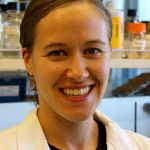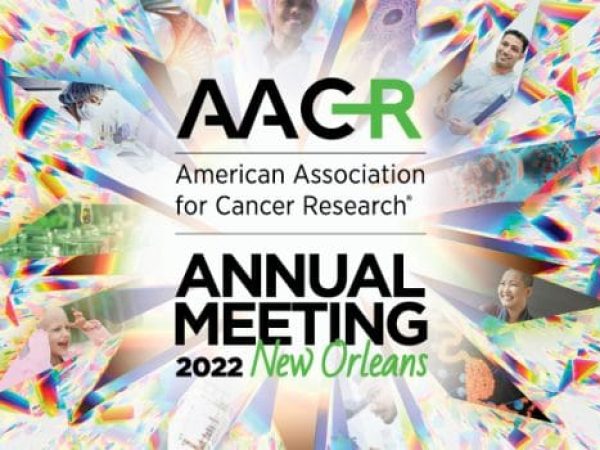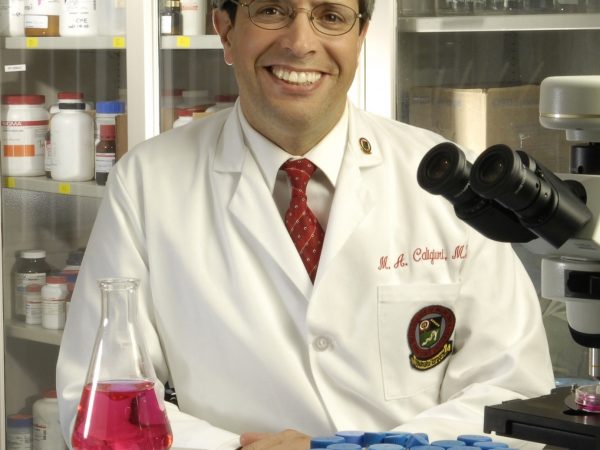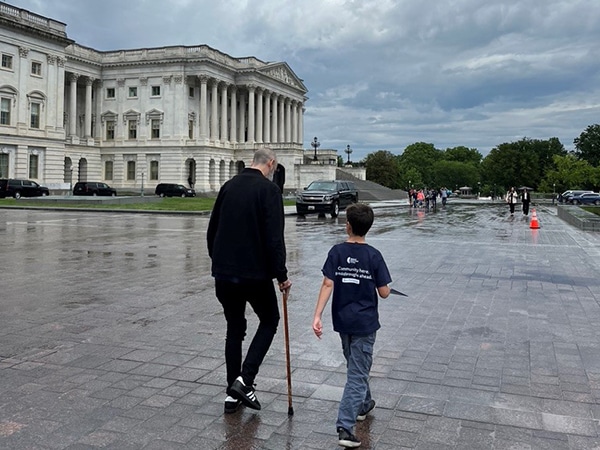Taking a Local Approach to Cancer Research
When considering the most common types of cancer, gastric cancer (cancer of the stomach) is rarely discussed. Ranking 15th among the most common cancers diagnosed in the United States, it makes up only 1.6 percent of new cancer cases, with only about 0.9 percent of men and women receiving a diagnosis of this disease in their lifetime. Based on these numbers, it would seem that gastric cancer is of minimal significance compared to other more prevalent cancers. However, looks can be deceiving.
Aside from its relatively poor five-year survival rate (30.4 percent), gastric cancer also occurs at a higher frequency in specific populations. One such population is among Alaska Native people, where gastric cancer is the third leading cause of cancer-related death.
“Gastric cancer has a three-fold higher incidence, and four-fold higher mortality rate among Alaska Native people, compared to the U.S. white population,” explains Holly Martinson, PhD, a postdoctoral fellow studying health disparities in the Alaska Native population at the University of Alaska, Anchorage (UAA). “This is one of the largest health disparities in this population.”
Martinson, who was born and raised in Anchorage, actually began her research career at UAA. During her sophomore year of college, she became involved in work that examined how the environment could contribute to human disease. “That project really sparked my love of research,” she recalls. “When I left Alaska, I knew I wanted to study biomedical research, so I chose to enter the University of Colorado Biomedical Sciences Program.”
It was at the University of Colorado that Martinson found her calling as a cancer researcher. Working under the auspices of her mentor, Pepper Schedin, PhD, she embarked on a project focused on the impact of the microenvironment, including immune cell infiltration, on the development of breast cancer in young women. “I have always been interested in the role of the immune system in the initiation, promotion, and treatment of cancer,” recalls Martinson, “so having the opportunity to be involved in a project that blended my interests in tumor immunology with the role of the tumor microenvironment in breast cancer was a perfect fit.”
After receiving her PhD, Martinson wanted to return to Alaska to continue her research career. As a postdoctoral fellow under the mentorship of Matthew Olnes, MD, PhD, she decided to shift her research focus from breast cancer to gastric cancer. While she is still interested in breast cancer, she was drawn to a project focused on gastric cancer because it is more relevant to the people of Alaska. Her project, which received funding in 2016 through the Debbie’s Dream Foundation-AACR Gastric Cancer Research Fellowship, is designed to characterize markers of inflammation, tumor-induced immune suppression, the presence of immunosuppressive cells, and gastric cancer. “This research will hopefully allow us to better distinguish patients that are at high risk of developing gastric cancer and to identify alternative treatments for patients who don’t respond to current therapies,” she says.
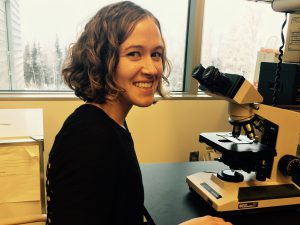
Martinson’s research, supported by a grant from Debbie’s Dream Foundation and the AACR, focuses on gastric cancer in the Native Alaskan population.
Martinson’s career path emphasizes her dedication to advance cancer science in her home state and she intends to fully harness her training to serve her local community. “My ultimate goal is to create a cancer center in Alaska,” she says. “Many Alaska residents are unable to participate in cancer clinical trials due to the costs associated with traveling to nearby cancer centers that are located thousands of miles away. If we had a better understanding of cancer in Alaska, we could possibly identify more effective treatment options for our patients or sign them up for clinical trials initiated here, where they could be treated close to their family and friends.”
When asked how receiving the Debbie’s Dream Foundation-AACR Gastric Cancer Research Fellowship has impacted her career, Martinson expressed gratitude not only for the funding she received, but also for the important relationships she has forged through Debbie’s Dream Foundation and the AACR. “I am one of the only cancer researchers in the state of Alaska,” she says, “so the connections I’ve made with other leaders in the gastric cancer field as a result of receiving this grant have been instrumental to my career development and success in establishing my own cancer research lab at UAA.”
Despite all of this success, however, her focus remains on the Alaska Native people. “The Alaska Native population is understudied,” says Martinson. “The next steps for my research project are to utilize the results we have obtained to identify alternative therapies or clinical trials for gastric cancer patients, including this population that is in such great need of better, more effective treatments.”

